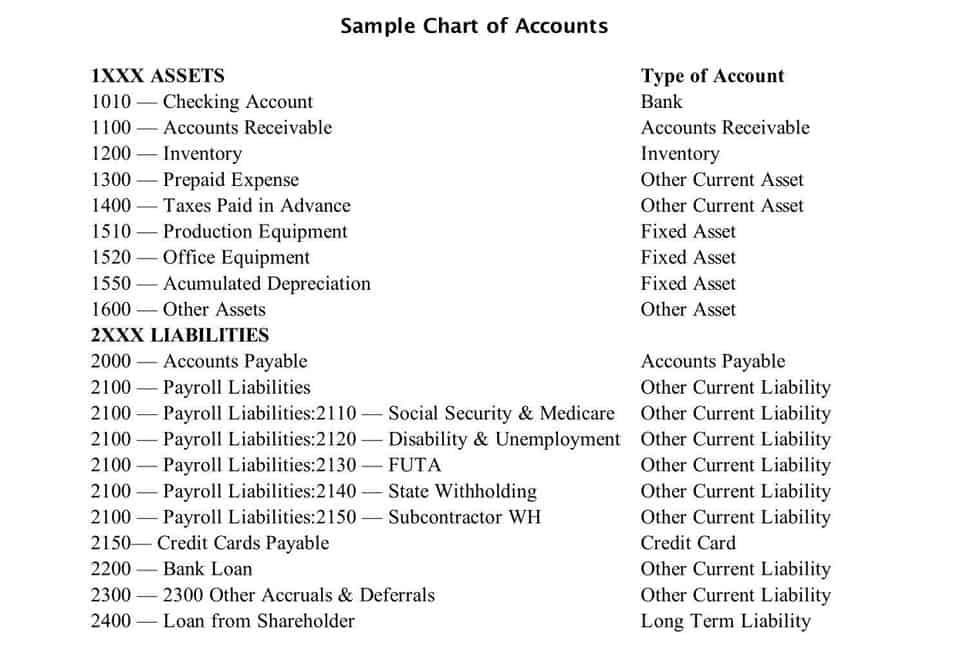FIFO: The First In First Out Inventory Method Bench Accounting

These examples show the direct impact of each method on COGS calculations and ending inventory values. First-in-First-Out (FIFO) accounting is an essential method used by businesses for inventory management and cost flow assumption. The primary reason for using this method is to ensure a systematic approach to calculating the value of unsold inventory, cost of goods sold (COGS), and, ultimately, business profitability. By following a chronological order, FIFO assumes that the items purchased or manufactured first are sold first, thereby maintaining the flow of cost along with its inventory movement. Imagine there is a company selling a product in 5 units on hand with a cost of $11 per unit.
- He has worked as an accountant and consultant for more than 25 years and has built financial models for all types of industries.
- FIFO has several advantages, including being straightforward, intuitive, and reflects the real flow of inventory in most business practices.
- As an accounting practice, it assumes that the first products a company purchases are the first ones it sells.
- It’s also suitable for non-perishables like electronics, clothing, or industrial supplies, as it simplifies accounting and aligns with inventory tracking best practices.
( . Cost of goods sold – FIFO method

Each category represents inventory at a different stage of the production process. Consider the details about the three batches of production given in the above table. Suppose the batch numbers are in order of date of production of the batches.
FIFO and LIFO accounting

It is one of the two main inventory valuation methods, along with LIFO (Last In, First Out). In summary, the FIFO method assumes oldest inventory is sold first, and newest inventory remains unsold. By matching current revenues against older costs, it results in higher net income in periods of rising costs compared to other methods. During a period of rising prices, the most https://www.vision1media.com/2022/11/22/accountants-in-philippines-for-hire/ expensive items are sold with the LIFO method. This means the value of inventory is minimized, and the value of COGS is increased.
FIFO vs. Other Inventory Valuation Methods
- Inventory is assigned costs as items are prepared for sale and based on the order in which the product was used.
- Thus, the above example of FIFO inventory method gives a clear idea about the valuation process.
- It is easy to use, generally accepted and trusted, and it follows the natural physical flow of inventory.
- Businesses can easily calculate costs and track inventory, especially with modern accounting software.
Translating FIFO accounting principles into physical inventory movement requires strategic warehouse organization that mirrors financial record-keeping. Successful implementation connects theoretical layers with daily operations. Overhead is the cost of staying in business—learn how to track how much you’re really earning and build rock-solid profit projections. Each can provide valuable information about the overall health of your small business. But when using the first in, first out method, Bertie’s ending inventory value is higher than her Cost of Goods Sold from the trade show.
Consider Real Inventory Flow

Both these methods are pure methods of accounting for and reporting inventory value. Whichever method is adopted, it does not govern the addition or removal of inventory from the stock for further processing or selling. In logistics, inventory management, and accounting, it means the oldest stock or assets are used or sold first. In the context of jobs, FIFO also refers to “Fly-In, Fly-Out” employment. Although using the LIFO method will cut into his profit, it also normal balance means that Lee will get a tax break.
LIFO Method
To calculate COGS (Cost of Goods Sold) using the FIFO method, determine the cost of your oldest inventory. To calculate the value of ending inventory using the FIFO periodic system, we first need to figure out how many inventory units are unsold at the end of the period. As we shall see in the following example, both periodic and perpetual inventory systems provide the same value of ending inventory under the FIFO method. First, we add the number of inventory units purchased in the left column along with its unit cost. Average cost inventory is another method that assigns the same cost to each item and results in net income and ending inventory balances between FIFO and LIFO.
What’s the difference between FIFO and LIFO?
- When handling returns under FIFO, returned items re-enter inventory at their original cost basis rather than current market value.
- According to the IRS, FIFO is an acceptable method for valuing inventory for tax purposes as long as it’s consistently applied.
- The essence of the FIFO method of inventory valuation is that products are sold to their manufacturing.
- Since FIFO records the oldest production costs on goods sold first, it doesn’t reflect the current economic situation, but it avoids large fluctuations in income statements compared to LIFO.
- Inventory consists of everything from raw material, production consumables to work in progress and finished goods.
- The FIFO method provides the same results under either the periodic or perpetual inventory system.
Companies can pick the best option depending on product types, regulatory requirements, and financial objectives. The decision between FIFO and LIFO has to fifo accounting example align with your business characteristics and long-term goals. The LIFO system is founded on the assumption that the latest items to be stored are the first items to be sold. It is a recommended technique for businesses dealing in products that are not perishable or ones that don’t face the risk of obsolescence.
- If the store bought 100 apples one week at a price of $1 each and 100 more the following week at a price of $1.50 each, FIFO accounting would dictate that the first apples sold be ascribed the $1 cost.
- Unless you’re using a blended-average accounting method like weighted average cost, you’re probably going to need a way to track, sort, and calculate all your individual products or batches.
- FIFO also often results in more profit, which makes your ecommerce business more lucrative to investors.
- Amid the ongoing LIFO vs. FIFO debate in accounting, deciding which method to use is not always easy.
- Whether you need an eagle eye into the hundreds of items you sell or if you just want to stay on top of your stock, there’s an inventory management solution that’s right for you.
- Advanced inventory management systems maintain detailed cost layer history, allowing for proper adjustment accounting while preserving audit trails.
- A business in the trading of perishable items generally sells the items purchased first.
Whether you need an eagle eye into the hundreds of items you sell or if you just want to stay on top of your stock, there’s an inventory management solution that’s right for you. If you sell online, most POS systems like Shopify will track inventory for you. If you’re wanting to try it for yourself, there are free templates available online. If you’re ready to try out a dedicated inventory system, Zoho Inventory is free to start.

Advantages and disadvantages of LIFO
If you’re a business that has a low volume of sales looking for the most amount of detail, specific inventory tracing has the insight you’ll need. But it requires tracking every cost that goes into each individual piece of inventory. ShipBob finally gave us the visibility and analytics we were looking for. Through the software, we get real-time insight into how much inventory to allocate to a specific warehouse, our current on-hand inventory levels, and how long each SKU is going to last by location. ShipBob provides a lot of distribution metrics, and everything presented is useful. Notice that Susan lists the 130 units remaining in her inventory as costing $4 apiece.


